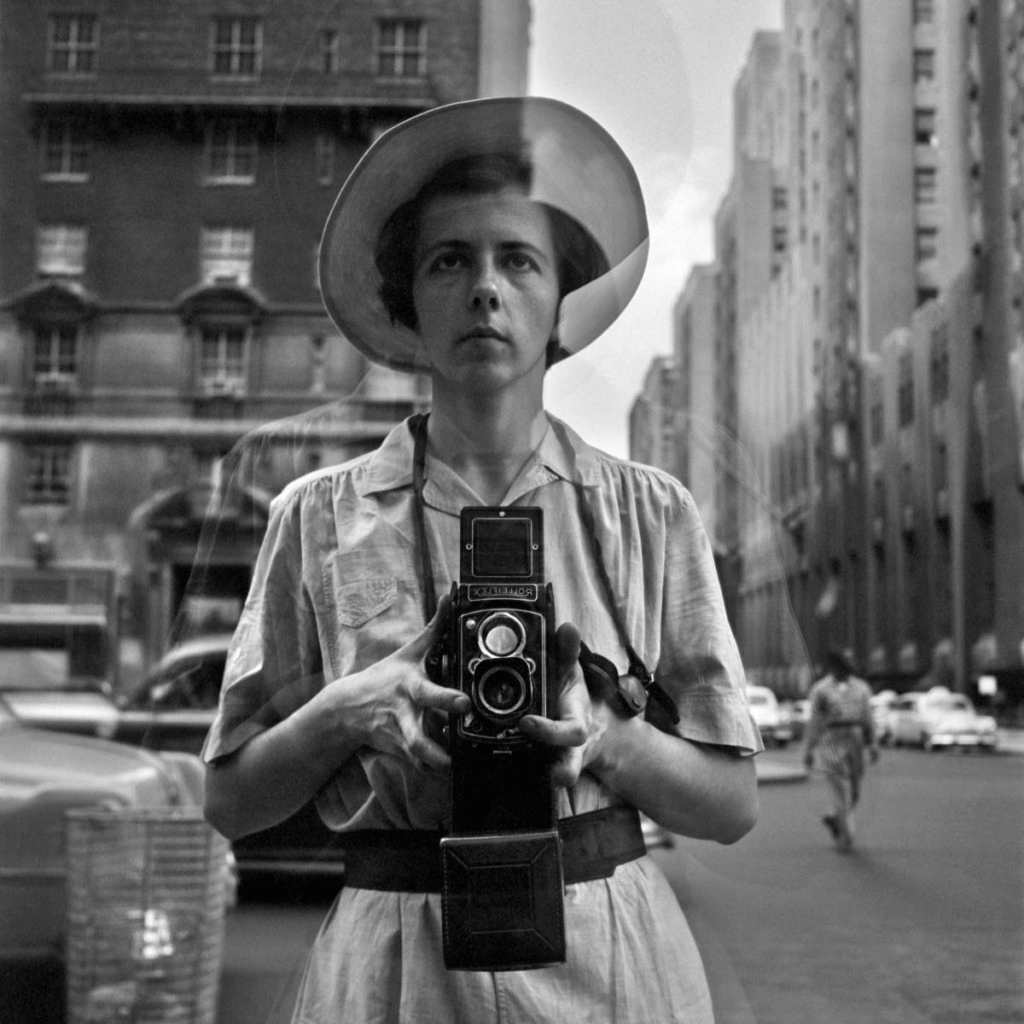Facts About Framing Streets Revealed
The Greatest Guide To Framing Streets
Table of ContentsGetting My Framing Streets To WorkNot known Facts About Framing StreetsNot known Details About Framing Streets The Ultimate Guide To Framing StreetsOur Framing Streets Diaries7 Easy Facts About Framing Streets Explained
Digital photography genre "Crufts Canine Show 1968" by Tony Ray-Jones Road digital photography (likewise often called candid photography) is photography conducted for art or inquiry that features unmediated chance encounters and arbitrary incidents within public places, typically with the purpose of recording images at a decisive or emotional minute by mindful framework and timing. 
The Basic Principles Of Framing Streets
Susan Sontag, 1977 Street digital photography can concentrate on people and their habits in public. In this regard, the road photographer resembles social documentary photographers or photojournalists who also work in public locations, but with the goal of catching newsworthy events. Any of these photographers' photos may catch people and residential property visible within or from public places, which often involves browsing moral concerns and regulations of privacy, safety, and residential or commercial property.
Depictions of day-to-day public life develop a genre in nearly every duration of globe art, beginning in the pre-historic, Sumerian, Egyptian and early Buddhist art durations. Art handling the life of the street, whether within sights of cityscapes, or as the leading theme, shows up in the West in the canon of the Northern Renaissance, Baroque, Rococo, of Romanticism, Realism, Impressionism and Post-Impressionism.
An Unbiased View of Framing Streets
Louis Daguerre: "Boulevard du Holy place" (1838 or 1839) In 1838 or 1839 the first photo of figures in the street was recorded by Louis-Jacques-Mand Daguerre in among a pair of daguerreotype sights extracted from his workshop window of the Blvd du Temple in Paris. The second, made at the height of the day, reveals an unpopulated stretch of street, while the various other was taken at regarding 8:00 am, and as Beaumont Newhall records, "The Boulevard, so continuously filled with a relocating bunch of pedestrians and carriages was flawlessly singular, other than an individual who was having his boots cleaned.
Subsequently his boots and legs were well specified, yet he lacks body or head, since these remained in movement." Charles Ngre, waterseller Charles Ngre. https://www.gaiaonline.com/profiles/framingstreets1/46535055/ was the first professional photographer to obtain the technological class needed to sign up individuals in movement on the street in Paris in 1851. Photographer John Thomson, a Scotsman dealing with journalist and social lobbyist Adolphe Smith, released Street Life in London in twelve month-to-month installations beginning in February 1877
The 5-Second Trick For Framing Streets
Eugene Atget is considered as a progenitor, not because he was the first of his kind, yet as an outcome of the popularisation in the late 1920s of his record of Parisian roads by Berenice Abbott, that was influenced to take on a similar paperwork of New york city City. [] As the city developed, Atget helped to advertise Parisian streets as a worthwhile topic for digital photography.

The Greatest Guide To Framing Streets
Martin is the very first tape-recorded professional photographer to do so click for more info in London with a disguised cam. Mass-Observation was a social research study organisation established in 1937 which intended to tape everyday life in Britain and to tape-record the responses of the 'man-in-the-street' to King Edward VIII's abdication in 1936 to wed separation Wallis Simpson, and the succession of George VI. In between 1946 and 1957 Le Groupe des XV yearly exhibited job of this kind. Andre Kertesz. Circus, Budapest, 19 May 1920 Street photography formed the major content of 2 exhibits at the Gallery of Modern Art (Mo, MA) in New York curated by Edward Steichen, Five French Digital Photographers: Brassai; Cartier-Bresson, Doisneau, Ronis, Izis in 1951 to 1952, and Post-war European Digital Photography in 1953, which exported the idea of road photography worldwide.

The smart Trick of Framing Streets That Nobody is Discussing
, after that a teacher of young children, associated with Evans in 193839.'s 1958 publication,, was considerable; raw and typically out of focus, Frank's photos examined traditional photography of the time, "challenged all the official regulations laid down by Henri Cartier-Bresson and Walker Evans" and "flew in the face of the wholesome pictorialism and genuine photojournalism of American publications like LIFE and Time".